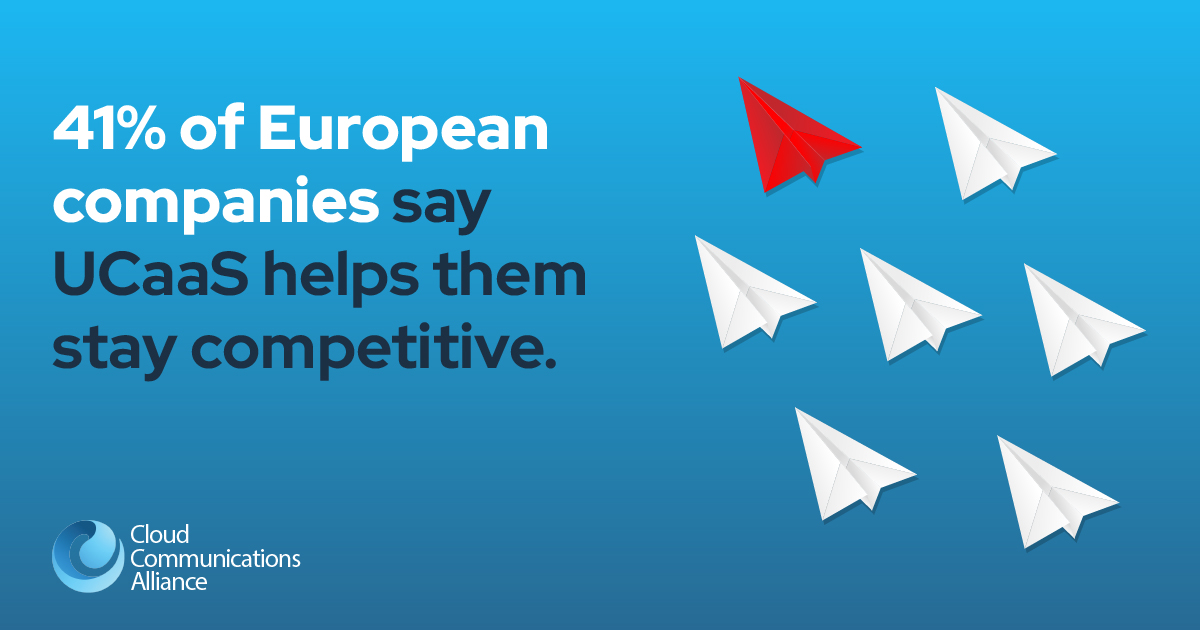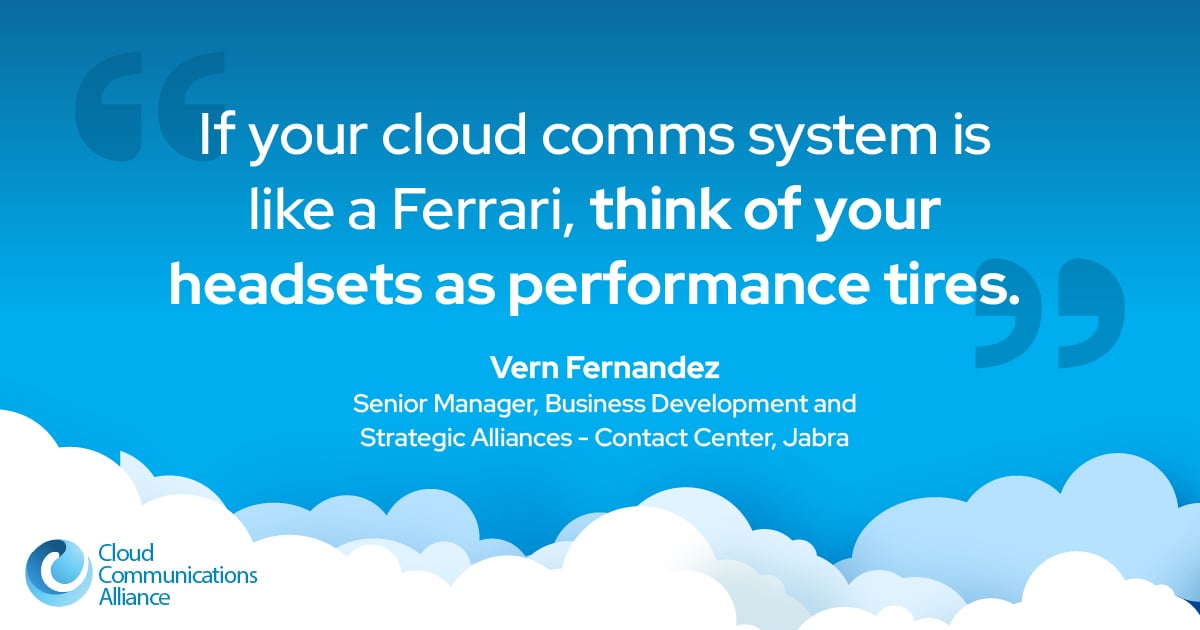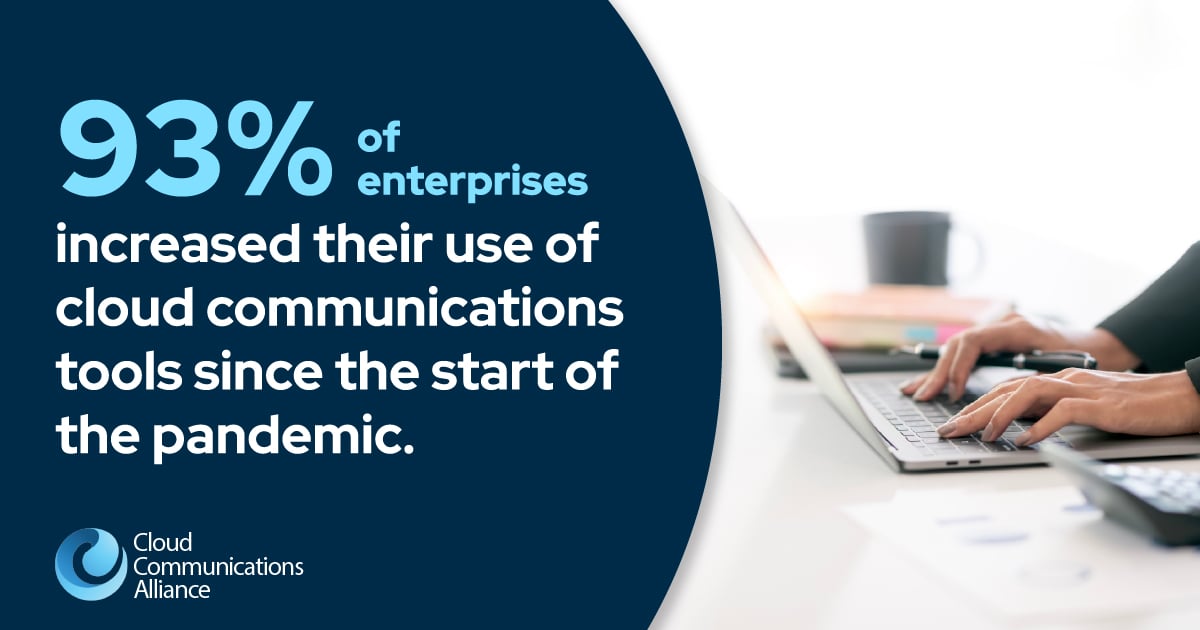Cloud Communication & Remote Work: The Vital Role Of Headsets
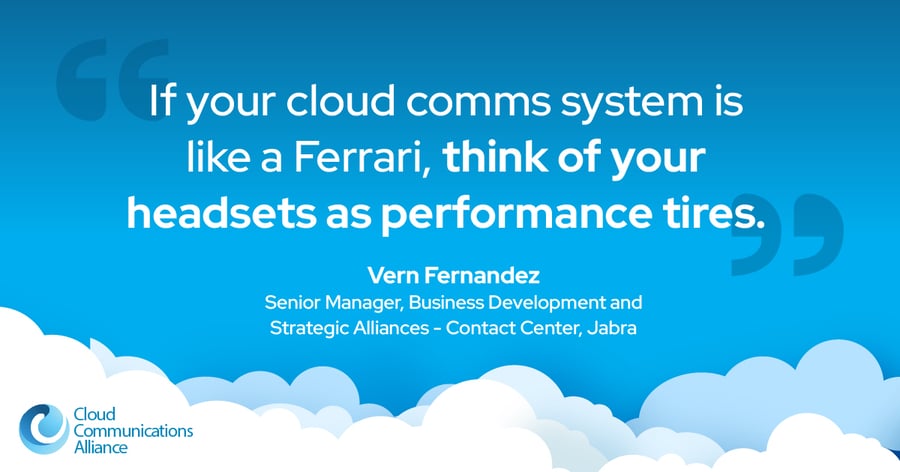
This is a guest post by Graham Williams, Strategic Alliances at Jabra.
It’s been said before, and you’ll hear it again: remote work has changed the business landscape.
But even with the rise of collaboration tools and cloud platforms, communication challenges persist in the remote and hybrid work era.
In a 2024 McKinsey study, 61% of companies reported ongoing struggles with maintaining consistent communication across remote teams.
So it’s clear we still need to rethink how we connect, and a big part of that starts with the tools we tend to overlook.
Cloud communications are essential in enabling remote work. But despite businesses investing in better, more sophisticated UCaaS and CCaaS solutions, one crucial component is often overlooked: the headset.
The right headset can revolutionize the remote work experience, both for your employees and the customers they help. Here’s my take on how headset technology is shaping the future of cloud communications and empowering agents in the remote work era.
How Can Headsets Enhance Cloud Communications?
I’ve seen tons of businesses put time and effort into buying the perfect cloud communications system, then pick just any headset to use with it. That’s like buying a Ferrari and sticking a spare tire on it – you won’t get the highest level of performance.
Think of the right headsets as performance tires for your cloud communications. A good headset will offer features that enhance your business, such as:
Real-Time Voice Data
Headset technology has evolved. These days, a good headset is more than just a pair of headphones that work on top of your voice platform.
At Jabra, we make headsets that analyze voice data to offer insights into every customer service interaction. Voice data can help you decide how to route calls, coach your agents, and much more – but only if your employees use headsets that can capture and analyze this information in real-time.
But voice data is evolving fast, and so are the tools we use to capture it. Today’s premium headsets aren’t just collecting data; they’re working with AI to make live calls smarter.
Think real-time transcriptions, automatic call summaries, and even in-call suggestions powered by large language models (LLMs). These features can flag customer frustration, suggest next steps, or help an agent pivot before things escalate.
The headset is no longer just an input; it’s an intelligent assistant that helps drive better conversations.
Why AI Noise Filtering Matters In Remote Teams
Noise cancellation is a must for call centers, but especially for your remote agents. Take an agent working in a coffee shop, for example. Too many noises and distractions might make them mute their microphone five times or more during a single call. That may only be around five seconds on mute, but it adds up to a lot of wasted time and money when you multiply five seconds by a million calls.
Modern headsets can use AI to filter out ambient noise and make sure only your agent’s voice comes through the call. So no matter how loud that coffee shop is, the headset lets them work without muting. What it really comes down to is that AI is a stakeholder in voice data.
Flexible Work Options
Good headsets empower freedom of movement for your agents. We know now more than ever that people want flexible work options. They want to work in their favorite coffee shop or from an RV on the way to the beach. But even though companies want to offer more freedom, they also need the ability to measure their remote workers’ productivity, and agent retention depends on deploying the tools that make it happen.
Personalization isn’t just for customers anymore, it’s for your team too. Today’s headsets are getting smarter about adapting to individual users. Whether it’s tuning mic sensitivity based on how loudly someone speaks or adjusting noise filters based on the user's typical background, personalization is becoming part of the hardware experience.
Some headsets can now detect your environment and automatically shift into an optimal mode, like prioritizing noise cancellation when you’re in transit, or enabling open-ear listening when you’re home alone. It’s subtle, but it makes a big difference in how naturally people can work and collaborate.
The Future Of Cloud Communication Headset Tech
Cloud comms are evolving fast, and headsets are evolving right alongside. Some of the most exciting trends I’ve seen gaining ground include:
Visibility
With desktop phones mostly gone, headsets are stepping up. At Jabra, we’re embedding call visibility into our devices using third-party integrations, giving supervisors clearer data on call quality and agent performance.
Real-Time Coaching
If background noise spikes, modern headsets can now notify the agent or auto-adjust input levels, reducing distractions without the agent lifting a finger.
Customer Sentiment
Our headsets can now pick up tone, pace, and speech patterns, then feed that data into AI systems to show how a call is going in real time. That means your team can act before a problem turns into churn.
Wellness Monitoring
Some models are starting to monitor vocal fatigue or signs of strain, helping agents avoid burnout with proactive cues or microbreak reminders.
Cross-Platform Syncing
Modern users aren’t tied to one device. Today’s headsets seamlessly switch between laptops, mobiles, and even AR/VR environments, so your agents stay connected, wherever and however they work.
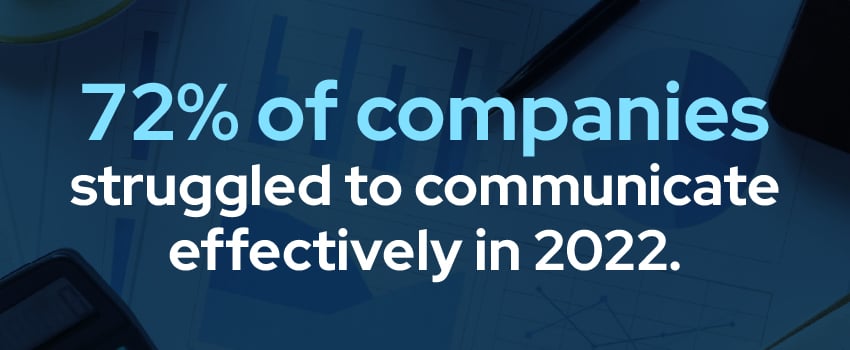
Supporting IT Teams With Smarter Management
It’s one thing to give your agents great headsets; it’s another to manage hundreds (or thousands) of them across a remote or hybrid workforce. That’s why headset management has become a growing priority for IT teams.
Today’s enterprise-grade headsets can be monitored and updated remotely through centralized platforms. This means IT can push firmware updates, adjust settings, and even apply security policies, all without ever needing to physically touch the device.
The result? Fewer support tickets, stronger compliance, and happier teams that don’t have to wait for help. A headset that works and works for IT is a win across the board.
Reframing Headsets As Strategic Cloud Tools
The cloud communications industry is at the precipice of understanding how business technology affects the human element – agents and supervisors. With this understanding, I believe we can build a future where remote and hybrid workplaces thrive.
In our Hybrid Ways of Working global report, we found a direct link between the amount of autonomy an employee has and their overall experience at work. Employees given full autonomy unanimously reported a better work experience than those without a say in where and when they worked, which is huge for agent retention.
Even though AI-powered headsets are key for offering employee autonomy, I’ve heard from a lot of business leaders who still think of headsets as a piece of plastic that hasn’t changed over the past 15 years. You might think you know about headsets, but it’s time to reevaluate what they can do for your business.
I've personally used our headsets for years, so I know firsthand how easy they make it to work from anywhere. If you want to see for yourself how they can benefit your business, reach out to Jabra today. I also welcome any opportunity to network with others in the cloud comms industry. If you're not a CCA member yet, you can join here – I’d be happy to talk about headsets at the next meeting.
Sources:
